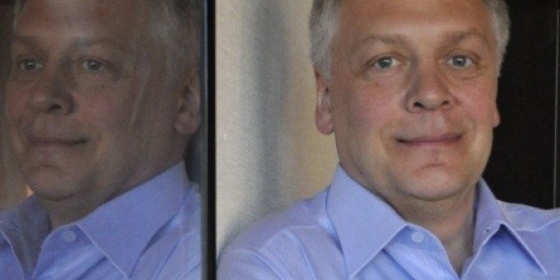
Trust but verify: Towards a comprehensive Global Observation, Information and Verification System on Greenhouse Gases
Today COP 21 begins and we all hope that it will result accelerating action against climate change. Some people are optimistic, some pessimistic and claim that we have already missed the 2° C goal. I don’t want to join the speculations about the result but want to comment from the perspective of a scientist who is involved to build a global observation system that also aims to be a verification system. Tomorrow, on Tuesday 1. December we are going to organize a side event with the title: “Trust but Verify: Towards a Comprehensive Global Observation, Information, and Verification System“. Why do we focus on verification? What can a robust verification system provide to the future process of climate negotiations? Three aspects:
As scientists, we have permanently to verify our knowledge about how much and how long the greenhouse gases remain in the atmosphere. The atmospheric concentrations depend on the compensation by oceans and terrestrial ecosystems that are currently (in case of CO2) compensating about two thirds of or emissions. However, feedbacks of the Earth System due to climate change and future land use are highly uncertain. They might result faster or slower reductions of the GHG concentrations in the atmosphere than anticipated and also lead to adapted target levels as time and our knowledge progresses. Societal costs may, therefore, be higher or lower than anticipated. To monitor this a global interoperable and connected monitoring network for GHG concentrations and fluxes at the level of (or preferably even better as) those that have been developed recently in the EU and US is needed.
The knowledge on emissions is incomplete as well. Some years ago I have participated in producing a supplement chapter on good practice guidelines for emission inventories and although hundreds of competent people have contributed they still are not covering everything perfectly. Therefore, gaps in the national inventories can occur. An independent observation and verification system can help countries to cross-check their inventories, to define uncertainties and how much they have achieved compared to their INDCs.
The third motivation should be transparency. President Obama declared yesterday, that he “will work with world leaders to secure an agreement that […] puts in place a long-term framework that incentivizes countries to ratchet down their emissions over time in a transparent way with a view to achieving a low-carbon transformation by the end of the century…” No agreement will work without trust. If we cannot achieve a deep motivation and consensus for the necessary transformations based on insight in the grand challenge of climate change and a common sense that we have to act for the sake of our children and grandchildren, nothing will happen. Nevertheless, an agreement without transparency and verification will dilute itself.
Whatever we will see in two week time – whether it will be a real breakthrough or another deep disappointment – we need a clear message that further observations are indispensable. The basic concepts and infrastructures are there: The European Commission has provided ICOS the ERIC status just before COP 21. Commenting on the importance of the ICOS ERIC establishment Director General for Research, Science and Innovation at the European Commission, Robert-Jan Smits has said: “By facilitating long-term pan-European carbon and greenhouse gas observations, the European ICOS Research Infrastructure will provide invaluable knowledge to support the European and global efforts of reaching safe climate change mitigation goals. It is therefore excellent news that ICOS has been allocated the status of ERIC. The timing for this is perfect, just before the UN COP21 in Paris, which is yet another clear message from the EU about its commitment to the climate targets.”
Other regions have similar infrastructures or will develop them. The World Meteorological Organisation and the Group on Earth Observation provide frameworks for interoperability and integration. Our signal to COP 21 is quite clear: the scientific community is ready to provide globally standardized observations and in-depth knowledge to better act on climate change.
By Werner Kutsch, Director General